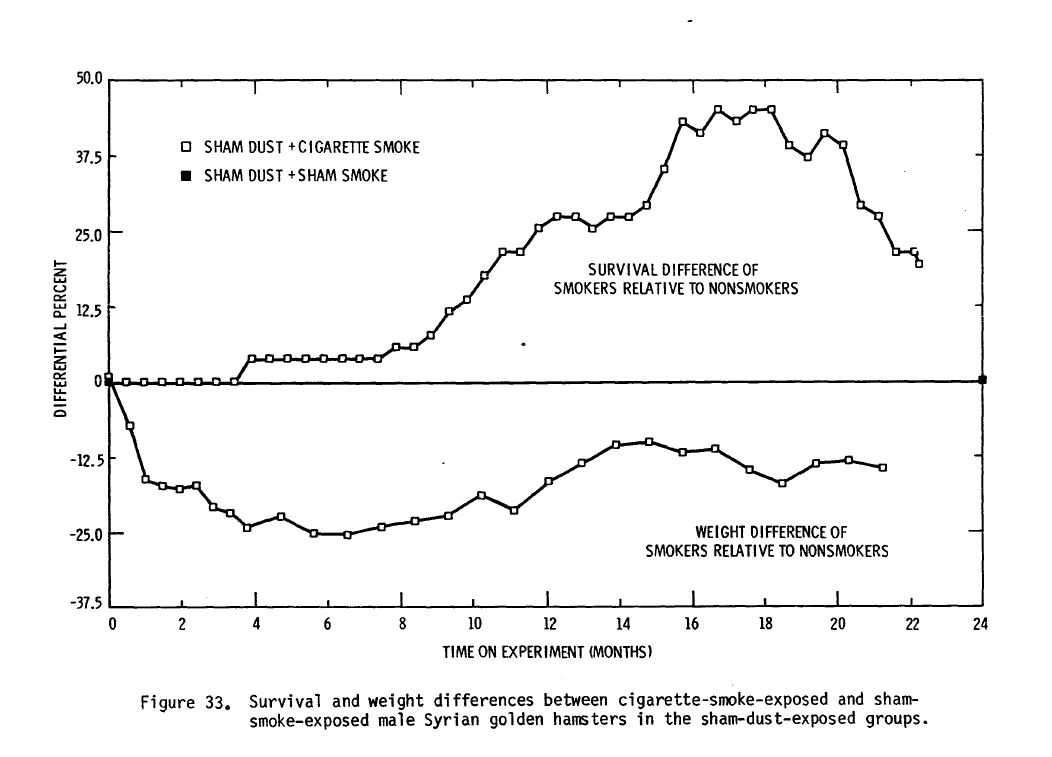You keep telling yourself that. While I suppose that anyone has the right to kill themselves anyway they want, they can leave me out of it.
/flame suit on...

You keep telling yourself that. While I suppose that anyone has the right to kill themselves anyway they want, they can leave me out of it.
/flame suit on...

It's too bad that this poor 101 year old marathon runner and former military fitness instructor Buster Martin, didn't know about what his lungs will look like or he wouldn't have smoked since age 7 and he might have gotten a much better time in his recently completed London marathon.


Tobacco smoke nearly doubles glutathione, catalase and SOD which are the main detox & antioxidant internal enzymes in human body (see reference links here). Hence smoking will double your detox rates and help clean up any industrial or environmental toxins you are exposed to. Therefore people exposed to toxins at work will find smoking helpful which in turn will result in statistical correlations between smoking and diseases caused by such exposures.
These two effects (protection and superficial correlation) were nicely observed in this 1999 German study of aluminum workers (see full pdf here) -- among potroom workers (they are the most exposed ones to the highly toxic aluminum dusts & vapors), smokers had 6 times lower rates of respiratory problems than non-smokers and the emphysema type of damage was observed only on non-smokers. Of course, the potroom workers had much more lung damage and they also smoked at much higher rates than control group (other workers not exposed to aluminum). Hence, if you combines all workers, ignoring the exposure parameter, you will find that smokers had more respiratory problems than non-smokers. But when you compare those in the heavily exposed group, the smokers by virtue of their doubled detox rates, fare much better than non-smokers. Smoking is simply a form of self-medication and a statistical marker for hardships (which in turn cause 'smoking related diseases').
In order to rationalize this kind of "wrong" result, the strongly antismoking authors came up with a theory "healthy smoker effect" (without any tests or supporting evidence) declaring that those workers who worked in this harsh environment and still smoked must have been naturally tougher and stronger than non-smoking workers and problem "solved" (see more discussion in Dr. Siege's forum).
Of course, if they checked animal experiments, they would have found the same protective effect of tobacco smoke observed with perfect clarity (see reference links & discussion here). One of the strongest such examples was the large series of experiments sponsored by the National Cancer Institute which they undertook in early 1970s in order to provide scientific backing for the planned workplace smoking bans. Poor folks, they really meant well -- to show how much more damage industrial carcinogens and toxins will do when coupled with tobacco smoke. For test animals, they picked Syrian Golden Hamsters, known previously to be particularly sensitive to tobacco smoke. Everything else was done just right, too, the heavy exposure at near asphyxiating smoke concentrations, no natural feedbacks to control dosing and pacing, Hepa filtered air for non-smoking controls, biochemically highly damaging once a week quit-for-day "recovery" periods,... Just imagine the faces of the NCI committee members when the results of their pricey investment for this massive series of experiments came back (from the final report p.40, pdf):
and while they watched the slides, dozens of them for each variation, all just like this one, from the report, showing the survival and weight differences between smoking and nonsmoking hamsters:

“While I suppose that anyone has the right to kill themselves anyway they want, they can leave me out of it.”
I know you’ll find this hard to believe, but no smoker cares whether you smoke or not, or whether you approve or not. Unlike others, we tend to mind our own business.
Hank